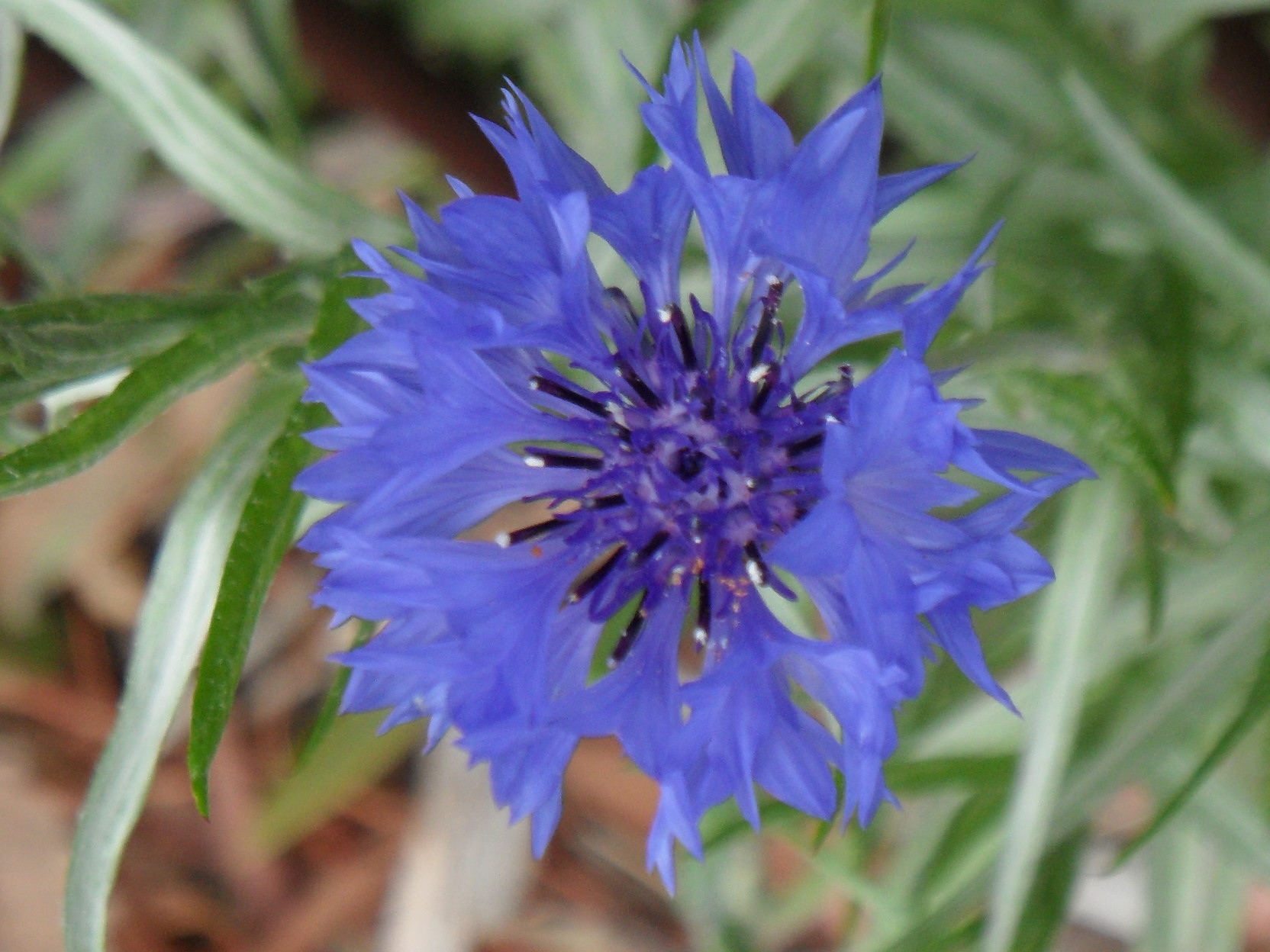
Annual or rarely biennial herb to 80 cm tall, hairy. Stems erect, branched. Lower leaves linear to lanceolate, to 5 cm long, to 5 mm wide, entire, toothed or divided, petiolate. Upper leaves linear-lanceolate, entire. Capitula solitary, to 30 mm across; spring. Involucral bracts with a few silvery teeth along upper margins. Florets bluish, rarely purple or white. Achenes 3-4 mm long, sparsely hairy. Pappus of bristles about as long as achene.
Europe
Available as a range of cultivars.
Other cultivated species with blue or purplish florets are:
C. cineraria L., Dusty Miller, from Italy, an erect or procumbent perennial herb to 90 cm tall with once or twice divided silvery leaves,moderately large capitula (to 4 cm across) and purple florets;
C. montana L., Perennial Cornflower, from Europe, an erect rhizomatous perennial herb to 80 cm tall with broad, mostly entire leaves, smallish capitula (to 2.5 cm across) and violet and blue florets;
C. nigra L., Lesser Knapweed, from Europe, an erect or ascending perennial herb to 1m tall with broad, entire, toothed or lobed leaves, smallish capitula (to 2.5 cm across) and purple florets;
C. scabiosa L., Greater Knapweed, from Europe, an erect perennial herb to 1.5 m tall with entire to divided leaves,moderately large capitula (to 4 cm across) and purple florets.
Source: (2002). Asteraceae. In: . Horticultural Flora of South-eastern Australia. Volume 4. Flowering plants. Dicotyledons. Part 3. The identification of garden and cultivated plants. University of New South Wales Press.
